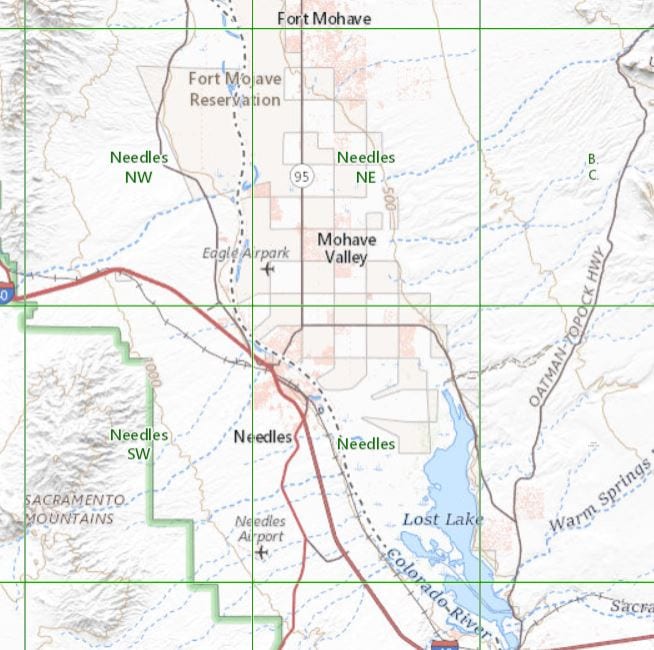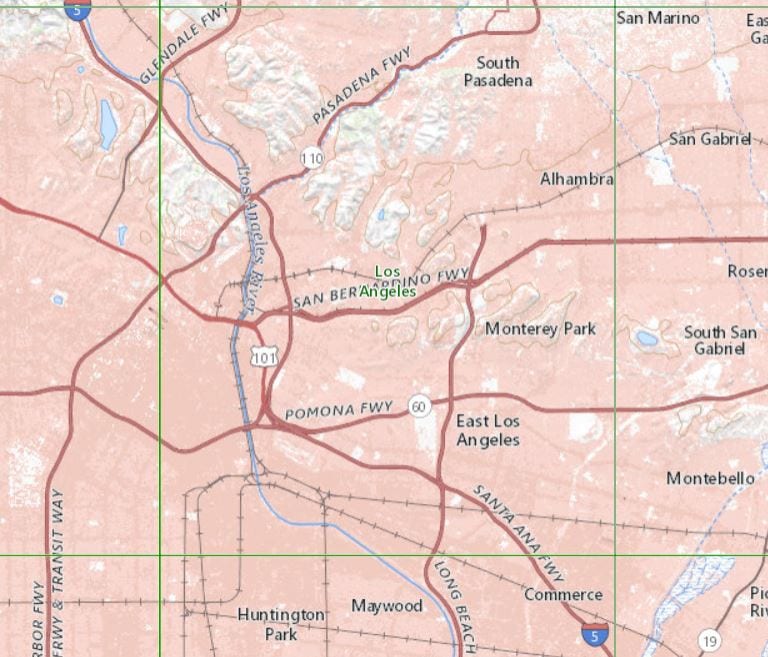Blue Opal Gemstone
The blue opal gemstone, like all other types of opal, is not a mineral. Instead, it is an amorphous mineraloid, which means it is a substance that comprises a specific arrangement of smaller microcrystalline silicas, which result in a blue spectrum of light reflection. Blue opal has an appealing luster and appearance, thus, it has become a popular gemstone in today’s market. And in some cases, an opal gemstone can have a mixing assortment of smaller and large size silica crystals, giving it both, a blueish and fire-opal play. And these types of opals can also be in high demand. Updated April 7, 2021.
How to Pronounce “Opal”
“Opal” is pronounced “ow·pl” in the standard American-English language. Please refer to the video and audio clip below to listen to the pronunciation of “opal.”
Physical Properties of Opal
The physical properties of blue and fire opal, as well as all other forms of opal, are the same. The information below provides a summary of these physical properties.
- Color: Variable with blueish-purple play and other colors
- Streak: White
- Luster: Subviteous; Translucent/Transparent; Opaque
- Cleavage: N/A
- Mohs Hardness Scale: 5.5 to 6.0
- Specific Gravity: 2.15 grams per cubic centimeter (g/cm3)
- Chemical Composition: Hydrated Silica (SiO2·nH2O)
- Crystal Structure: Amorphous (none)
- Fracturing Pattern: Conchoidal
What is the Blue Opal Gemstone?
The blue opal gem is basically any opal that produces a blueish-spectrum of light reflection. The name is just a general representation of “blue” because there’s actually a variety of blueish colorations in opal, ranging from pale sky blue to a deep dark ocean blue. The classic opal may show different hues of blue within the same stone but does not typically display a play of color. For this particular reason, it falls within the “common opal” category. In fact, two of the most well-known regions for producing this type of opaque, solid blue color opal are Peru and Oregon.
Blue Fire Opal in Australia
Opal is also the national gemstone of Australia. This is due largely to the fact that the country now produces 95% of all the precious opal in the world today. Mining operations in Australia began at a single site in 1875, and since have expanded. For instance, Lightning Ridge is famous for its high-quality black opal production. Throughout Australia, many underground and open-cut mines are currently in operation. And after the heavy equipment has run through a section of an opal mine, smaller operations such as hobbyists and gemstone enthusiasts can access the site and try to collect, by hand, any rough opals left behind. In most states in Australia, a fossicking permit is necessary to take part in this pastime known as “noodling.”
“Blue Fire Opal”
A popular (but unofficial) way to describe a blue opal crystal with a play of color like fire opal (except ranging from purple to green), is “Blue Fire Opal.” While there may or may not be splashes of red or other warm hues present, it is easy to see how the name blue-fire applies to this type of opal. The cool hues and blue play of color invoke images of an icy-cold flame of blue, green, and turquoise.
With so many types of opal, capable of displaying all the hues of the rainbow, and with varying levels of translucence and play of color, it’s no wonder there are so many names for the same gemstone. Some names describe the region of origin, other names are indicative of color, and opal can be categorized in different ways.
Authors:
Written By: Michael Joseph Sabo
Edited By: Adam Azad Kaligi




